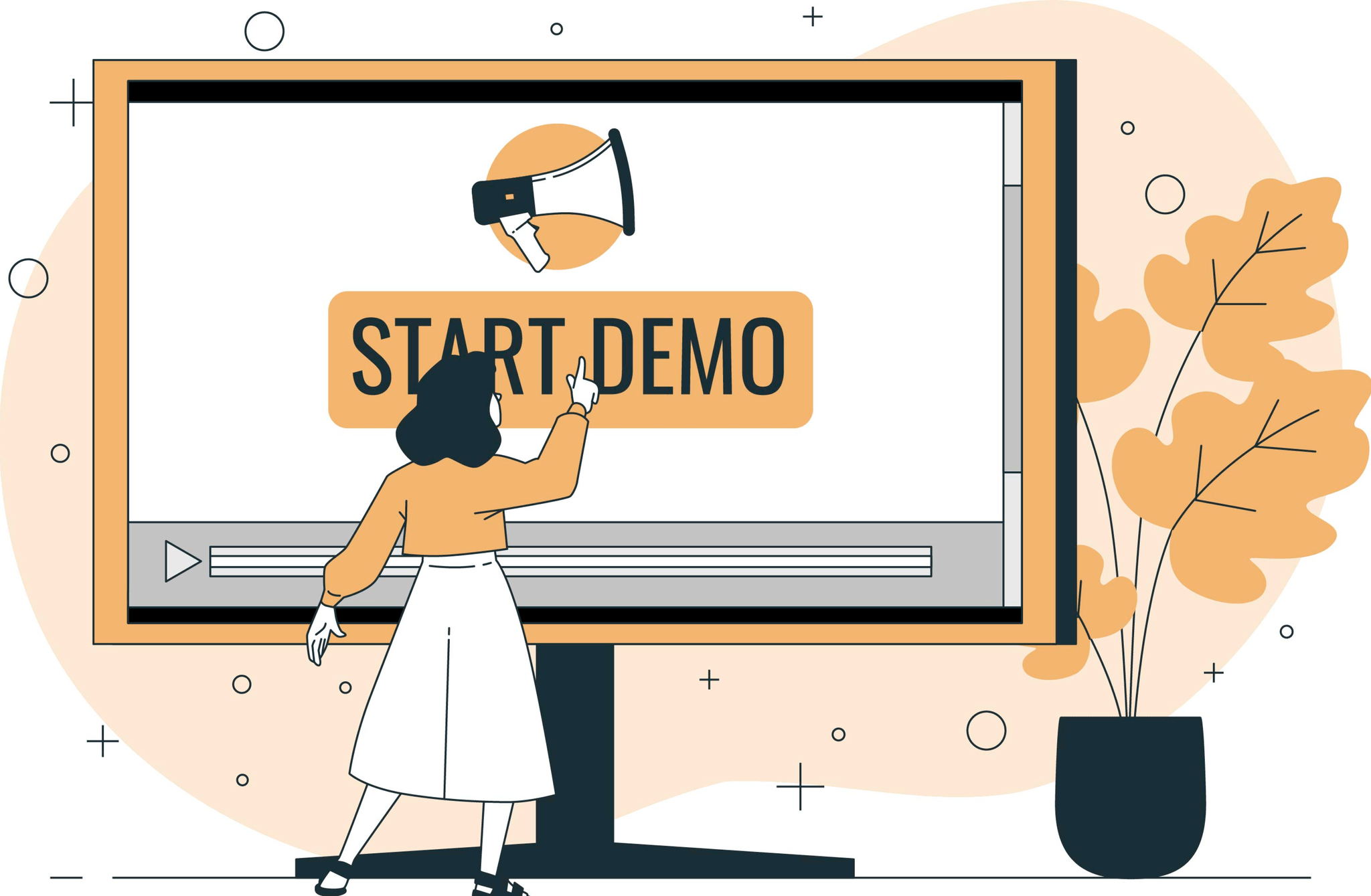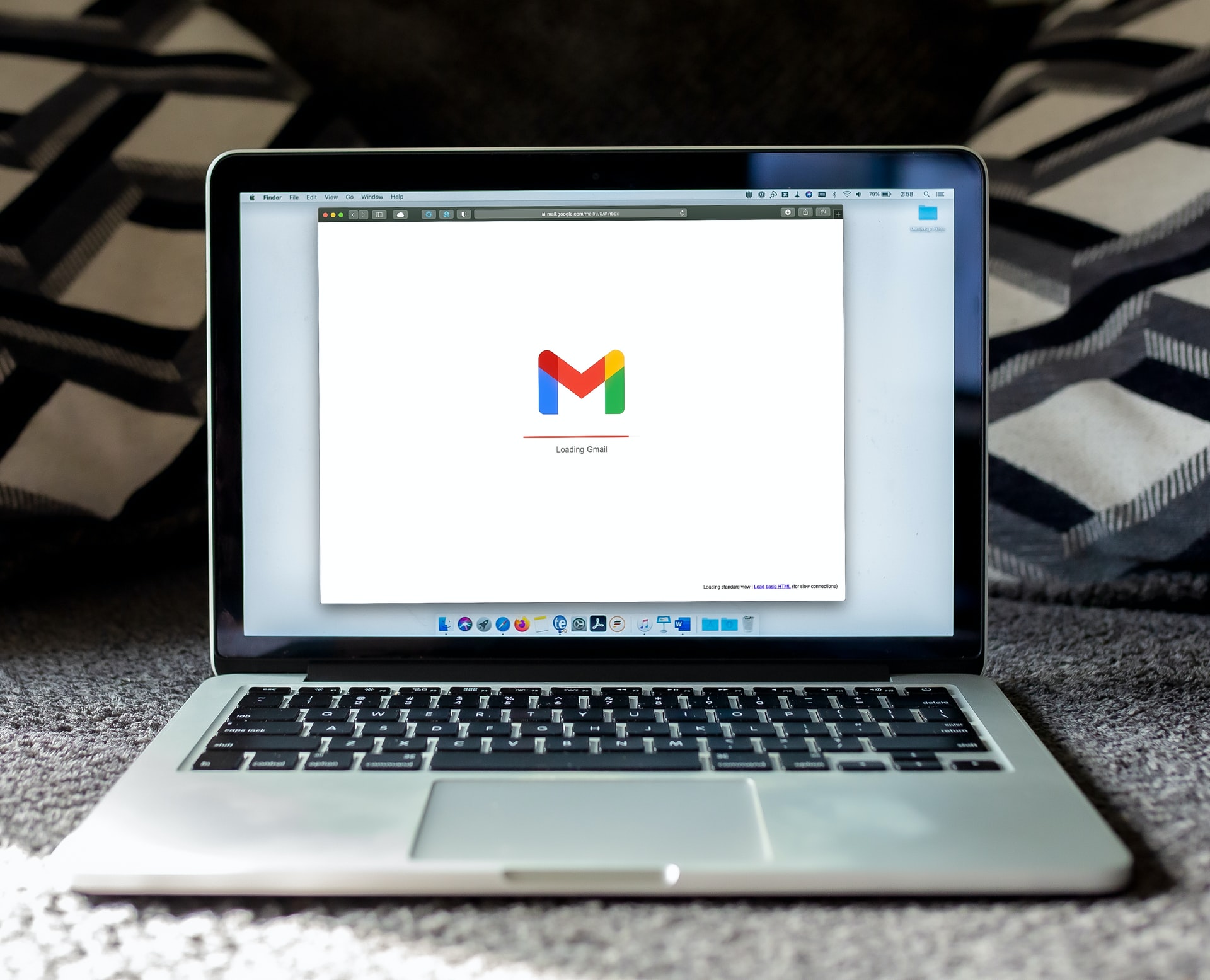Social media is an essential part of both B2B and B2C marketing. On average, people spend 145 minutes on social media a day. With people spending so much time on social media, it can be a great opportunity for your company to try and improve your relationship with followers, gain awareness, and hopefully drive a few conversions in the process. When it comes to both organic and paid social media content, there are a few key metrics that you should be tracking in order to ensure your company is driving as much success as possible with your campaigns. Before we go over the 8 social media metrics that you should be tracking, we have to go over a few points to help you exceed your goals.
What Platform Are You Using?
First and foremost, the platform you use will determine which metrics are the most important. Not every social media platform is made or used the same, so their metrics shouldn’t be treated the same. A great example of this would be comparing Facebook and LinkedIn advertising. LinkedIn is going to cost a lot more and generally have less engagement. On the other hand, Facebook ads are more likely to have a lot of views and engagement for less spend. Now, you might think that Facebook is performing better because of this, but that might not be the case. That’s why it’s important to look a little deeper in terms of metrics. Because, generally LinkedIn users are very high quality and more specific than Facebook, and one LinkedIn click vs 10 Facebook clicks might yield better results based on your goals. Just like understanding the platform that you’re using, you need to understand the type of content you are sharing.
What Type of Content are You Sharing?
Another aspect to consider when tracking the success of your social media content is the type of content you are sharing. If you share a post to LinkedIn that announces a new employee, there’s a good chance you’re not going to get any conversions from it. On the other hand, if you share a promo code and link to sign up, you have a better chance of generating more conversions than your new employee post. You want to have a combination of promotional content and educational content. If you post too many promotions, your followers might not see value in your page and unfollow. Generally you want to keep your promotions to about 20% of your content, but this is different for every company. Finally, you also need to understand the differences between paid and organic social media content.
Paid vs Organic Social Media
When you are analysing social media metrics, it’s important to look at the right metrics for the type of content you’re using. Most of the metrics that are mentioned below can be tracked for both paid and organic social media content. However, there are a few key metrics that need to be tracked in regards to paid social media advertising. When running paid social media ads, it’s important to monitor them more closely because they are usually a larger investment for your company. If you don’t monitor them and regularly check on them, then you might waste a few hundred dollars with no return. The first 3 metrics mentioned below are specific to paid content, and the rest of the metrics on this list can be considered for both paid and organic social media content. Before we jump into the social media metrics that you should be tracking we need to quickly go over goals.
Set Goals
As part of any marketing campaign, you need to set goals that will help you track the success of your campaign. When creating goals, ensure that they are S.M.A.R.T. This acronym stands for specific, measurable, attainable, relevant, and time-bound. Each platform you use should have its own specific goal or set of goals that you want to achieve. Write your goals down prior to starting your set time period, and try your best to achieve them. If you don’t achieve them, refer back to them and see where you went wrong. Then, you can be prepared for your next time period and hopefully achieve them. Now that we have gone over key definitions, it’s time to go over the 8 social media metrics that you should be tracking.

8 Social Media Metrics You Should Be Tracking
1. ROI
Return on investment, better known as ROI, allows you to understand the success of any paid marketing campaign. Including social media campaigns. This metric essentially helps you see if your time and money invested into a campaign is worth it in terms of the money you make back and the new customers that are acquired from that campaign. Let’s say your LinkedIn message campaign costs your company $1,000 a month. But, you have only had one conversion from this campaign worth $800. For the following month, you should figure out how to improve your ad in order to get over $1000 from new clients. You can calculate your ROI with the following formula:
Return / Investment X 100% = ROI
2. Conversion Rate
Every company needs to focus on their conversion rate. If you are running a paid Facebook campaign, but you don’t see any conversions coming from Facebook, then you need to update your Facebook ads or maybe even stop running them all together. Remarketing social media ads are a great way to improve your conversion rate over general social media ads. If you’re interested in learning more about remarketing ads, take a look at this article.
3. CPC
Cost-per-click, or CPC, will help you understand and predict if you are going to have a good ROI. As the name suggests, this metric is how much each click on your advertisement costs. By monitoring your CPC, you can easily decide if the campaign is aligned with your goals. Most social media business manager accounts will calculate this for you. But if not, simply divide the amount spent on the campaign in a given period by the number of clicks that you have received in the same time period.
Cost / Clicks = CPC
4. Reach
The number of views that you get on your post is often referred to as reach. Your reach is an important metric to measure because oftentimes a post with high reach will result in more clicks. In addition, reach is frequently used to help you measure other social media metrics. On the other hand, if you notice that your reach is high, but you don’t have a lot of engagement, then you will want to narrow down who your ad is targeting and/or update your content. It can take a lot of trial and error to create organic and paid posts that reach qualified social media users, so don’t get frustrated if your first few campaigns don’t perform as well as you expected.
5. Engagement
Engagement can include likes, comments, shares, link clicks, and more. Tracking your engagements on both organic and paid social media content may seem like a no-brainer, but so many companies out there don’t measure every piece of content they share. Or, they don’t properly qualify certain engagements. For example, content that is more personable, like a work anniversary post, may get a lot of engagement, but you need to consider if those engagements are from prospects or from employees congratulating them. Personable content is great, but don’t get too excited about high engagement rates on them. To calculate your engagement rate, divide the number of engagements you receive by the post’s reach. As an example, if your post had 5 engagements, but 100 people were reached, then your engagement rate is 5%.
Engagements / Reach = Engagement Rate
6. Follower Count
Increasing your follower count is important. Companies with high follower counts seem more trustworthy and respected by the community. And, the more followers you have, the more likely your reach will increase, as well as your post engagements. If you see in certain months that your company earns more followers than other months, check to see if you did anything different that month that may have resulted in an increase in followers. A helpful tip that can increase your follower count is to tag other businesses in your content. If you share one of your blog articles titled “10 Best Lead Generation Companies to Work With”, then that is a great opportunity to tag those 10 companies. You can increase your post’s reach, and hopefully gain a few new followers in the process.
Website Metrics
Depending on the type of content that you share, you may receive visits to your website. Often website visits come from blog posts, promotional organic content, and advertisements. When creating social media content, it is typically a goal to increase your website traffic from those posts, as you have the opportunity to receive conversions from new visitors. Now, let’s go over a few key website metrics that will help you better understand the success of your social media campaigns.
7. Acquisition
The first website metric that you’ll want to measure is how your website visitors are acquired. In your Google Analytics account, you can easily see what social media platform your visitor came from. This is important to track because you can get a better understanding of what content works, and what may need to be reworked. If you see 100 website visitors acquired from LinkedIn, but only 3 from Facebook, it may be worthwhile to change up your Facebook content or even focus more time on your LinkedIn campaigns if they are working better for your company.
8. Time on Page and Page Views
In order to qualify your website visitors that are acquired from social media, you’re going to want to keep an eye on your time on page and page views. These metrics are very easy to understand and can help you improve your social media content. If you find that your LinkedIn website visitors have an average page view of one, and their time on page is 10 seconds, then there is a disconnect between what your visitor expects and what they see on your website. This is a common issue for companies, but it can be an easy fix. If you have this issue, just ensure that your social post or advertisement directly correlates with its landing page. You also want to include a call-to-action on every page. Even simple CTAs, like linking to another blog for more information, the visitor will be more likely to visit a second page. If done right, this can better your company’s reputation for that visitor. Then, they could be more likely to convert then or at some point in the future.
Identify Companies Acquired By Social Media
Google Analytics and social media business manager accounts are great assets for understanding your social media platforms, but they do have limitations. If you are a B2B company, I have the perfect solution for you. Visitor Queue is a B2B lead generation software that can identify the companies that visit your website. Along with identifying the companies that visit your website, we can tell you how they were acquired. So, you can see which companies clicked on your social media links. We are able to tell you the key employees that work at those companies, including their contact information like email addresses, phone numbers, and more.
We can also identify employee LinkedIn accounts if you use or are interested in social selling. Start your 14-day free trial today.
Final Words
Social media is a great opportunity for companies to connect with new and current clients as well as generate new leads. Whether you use organic, paid, or a combination of the two, you will need to track social media metrics in order to ensure your efforts are paying off. If you have any questions about how you can use Visitor Queue to generate leads let us know.
 Identify
Identify Personalize
Personalize Benchmark
Benchmark Agencies
Agencies Integrations
Integrations Case Studies
Case Studies Use Cases
Use Cases Blog
Blog Resources
Resources



















